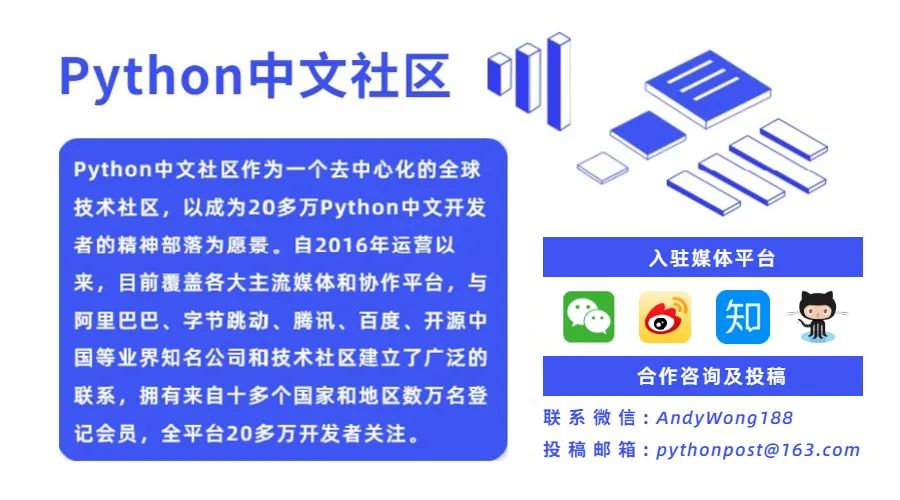Python 中用 XGBoost 和 scikit-learn 进行随机梯度增强

在数据子样本上训练树的原理以及如何将其用于梯度增强。 如何使用scikit-learn调整XGBoost中基于行的子采样。 如何在XGBoost中按树和拆分点调整基于列的子采样。
创建每棵树时,对数据集中的行进行二次采样。 创建每棵树时对数据集中的列进行二次采样。 创建每个树时,数据集中每个拆分的列的子采样。
[0.1, 0.2, 0.3, 0.4, 0.5, 0.6, 0.7, 0.8, 1.0]
# XGBoost on Otto dataset, tune subsample
from pandas import read_csv
from xgboost import XGBClassifier
from sklearn.model_selection import GridSearchCV
from sklearn.model_selection import StratifiedKFold
from sklearn.preprocessing import LabelEncoder
import matplotlib
matplotlib.use('Agg')
from matplotlib import pyplot
# load data
data = read_csv('train.csv')
dataset = data.values
# split data into X and y
X = dataset[:,0:94]
y = dataset[:,94]
# encode string class values as integers
label_encoded_y = LabelEncoder().fit_transform(y)
# grid search
model = XGBClassifier()
subsample = [0.1, 0.2, 0.3, 0.4, 0.5, 0.6, 0.7, 0.8, 1.0]
param_grid = dict(subsample=subsample)
kfold = StratifiedKFold(n_splits=10, shuffle=True, random_state=7)
grid_search = GridSearchCV(model, param_grid, scoring="neg_log_loss", n_jobs=-1, cv=kfold)
grid_result = grid_search.fit(X, label_encoded_y)
# summarize results
print("Best: %f using %s" % (grid_result.best_score_, grid_result.best_params_))
means = grid_result.cv_results_['mean_test_score']
stds = grid_result.cv_results_['std_test_score']
params = grid_result.cv_results_['params']
for mean, stdev, param in zip(means, stds, params):
print("%f (%f) with: %r" % (mean, stdev, param))
# plot
pyplot.errorbar(subsample, means, yerr=stds)
pyplot.title("XGBoost subsample vs Log Loss")
pyplot.xlabel('subsample')
pyplot.ylabel('Log Loss')
pyplot.savefig('subsample.png')
Best: -0.000647 using {'subsample': 0.3}
-0.001156 (0.000286) with: {'subsample': 0.1}
-0.000765 (0.000430) with: {'subsample': 0.2}
-0.000647 (0.000471) with: {'subsample': 0.3}
-0.000659 (0.000635) with: {'subsample': 0.4}
-0.000717 (0.000849) with: {'subsample': 0.5}
-0.000773 (0.000998) with: {'subsample': 0.6}
-0.000877 (0.001179) with: {'subsample': 0.7}
-0.001007 (0.001371) with: {'subsample': 0.8}
-0.001239 (0.001730) with: {'subsample': 1.0}
colsample_bytree参数控制。默认值为1.0,表示在每个决策树中使用所有列。我们可以在0.1到1.0之间评估colsample_bytree的值,以0.1为增量。[0.1, 0.2, 0.3, 0.4, 0.5, 0.6, 0.7, 0.8, 1.0]
# XGBoost on Otto dataset, tune colsample_bytree
from pandas import read_csv
from xgboost import XGBClassifier
from sklearn.model_selection import GridSearchCV
from sklearn.model_selection import StratifiedKFold
from sklearn.preprocessing import LabelEncoder
import matplotlib
matplotlib.use('Agg')
from matplotlib import pyplot
# load data
data = read_csv('train.csv')
dataset = data.values
# split data into X and y
X = dataset[:,0:94]
y = dataset[:,94]
# encode string class values as integers
label_encoded_y = LabelEncoder().fit_transform(y)
# grid search
model = XGBClassifier()
colsample_bytree = [0.1, 0.2, 0.3, 0.4, 0.5, 0.6, 0.7, 0.8, 1.0]
param_grid = dict(colsample_bytree=colsample_bytree)
kfold = StratifiedKFold(n_splits=10, shuffle=True, random_state=7)
grid_search = GridSearchCV(model, param_grid, scoring="neg_log_loss", n_jobs=-1, cv=kfold)
grid_result = grid_search.fit(X, label_encoded_y)
# summarize results
print("Best: %f using %s" % (grid_result.best_score_, grid_result.best_params_))
means = grid_result.cv_results_['mean_test_score']
stds = grid_result.cv_results_['std_test_score']
params = grid_result.cv_results_['params']
for mean, stdev, param in zip(means, stds, params):
print("%f (%f) with: %r" % (mean, stdev, param))
# plot
pyplot.errorbar(colsample_bytree, means, yerr=stds)
pyplot.title("XGBoost colsample_bytree vs Log Loss")
pyplot.xlabel('colsample_bytree')
pyplot.ylabel('Log Loss')
pyplot.savefig('colsample_bytree.png')
colsample_bytree = 1.0。这表明该问题进行二次采样不会增加价值。Best: -0.001239 using {'colsample_bytree': 1.0}
-0.298955 (0.002177) with: {'colsample_bytree': 0.1}
-0.092441 (0.000798) with: {'colsample_bytree': 0.2}
-0.029993 (0.000459) with: {'colsample_bytree': 0.3}
-0.010435 (0.000669) with: {'colsample_bytree': 0.4}
-0.004176 (0.000916) with: {'colsample_bytree': 0.5}
-0.002614 (0.001062) with: {'colsample_bytree': 0.6}
-0.001694 (0.001221) with: {'colsample_bytree': 0.7}
-0.001306 (0.001435) with: {'colsample_bytree': 0.8}
-0.001239 (0.001730) with: {'colsample_bytree': 1.0}
# XGBoost on Otto dataset, tune colsample_bylevel
from pandas import read_csv
from xgboost import XGBClassifier
from sklearn.model_selection import GridSearchCV
from sklearn.model_selection import StratifiedKFold
from sklearn.preprocessing import LabelEncoder
import matplotlib
matplotlib.use('Agg')
from matplotlib import pyplot
# load data
data = read_csv('train.csv')
dataset = data.values
# split data into X and y
X = dataset[:,0:94]
y = dataset[:,94]
# encode string class values as integers
label_encoded_y = LabelEncoder().fit_transform(y)
# grid search
model = XGBClassifier()
colsample_bylevel = [0.1, 0.2, 0.3, 0.4, 0.5, 0.6, 0.7, 0.8, 1.0]
param_grid = dict(colsample_bylevel=colsample_bylevel)
kfold = StratifiedKFold(n_splits=10, shuffle=True, random_state=7)
grid_search = GridSearchCV(model, param_grid, scoring="neg_log_loss", n_jobs=-1, cv=kfold)
grid_result = grid_search.fit(X, label_encoded_y)
# summarize results
print("Best: %f using %s" % (grid_result.best_score_, grid_result.best_params_))
means = grid_result.cv_results_['mean_test_score']
stds = grid_result.cv_results_['std_test_score']
params = grid_result.cv_results_['params']
for mean, stdev, param in zip(means, stds, params):
print("%f (%f) with: %r" % (mean, stdev, param))
# plot
pyplot.errorbar(colsample_bylevel, means, yerr=stds)
pyplot.title("XGBoost colsample_bylevel vs Log Loss")
pyplot.xlabel('colsample_bylevel')
pyplot.ylabel('Log Loss')
pyplot.savefig('colsample_bylevel.png')
Best: -0.001062 using {'colsample_bylevel': 0.7}
-0.159455 (0.007028) with: {'colsample_bylevel': 0.1}
-0.034391 (0.003533) with: {'colsample_bylevel': 0.2}
-0.007619 (0.000451) with: {'colsample_bylevel': 0.3}
-0.002982 (0.000726) with: {'colsample_bylevel': 0.4}
-0.001410 (0.000946) with: {'colsample_bylevel': 0.5}
-0.001182 (0.001144) with: {'colsample_bylevel': 0.6}
-0.001062 (0.001221) with: {'colsample_bylevel': 0.7}
-0.001071 (0.001427) with: {'colsample_bylevel': 0.8}
-0.001239 (0.001730) with: {'colsample_bylevel': 1.0}
作者:沂水寒城,CSDN博客专家,个人研究方向:机器学习、深度学习、NLP、CV
Blog: http://yishuihancheng.blog.csdn.net
赞 赏 作 者

更多阅读
特别推荐

点击下方阅读原文加入社区会员
评论
